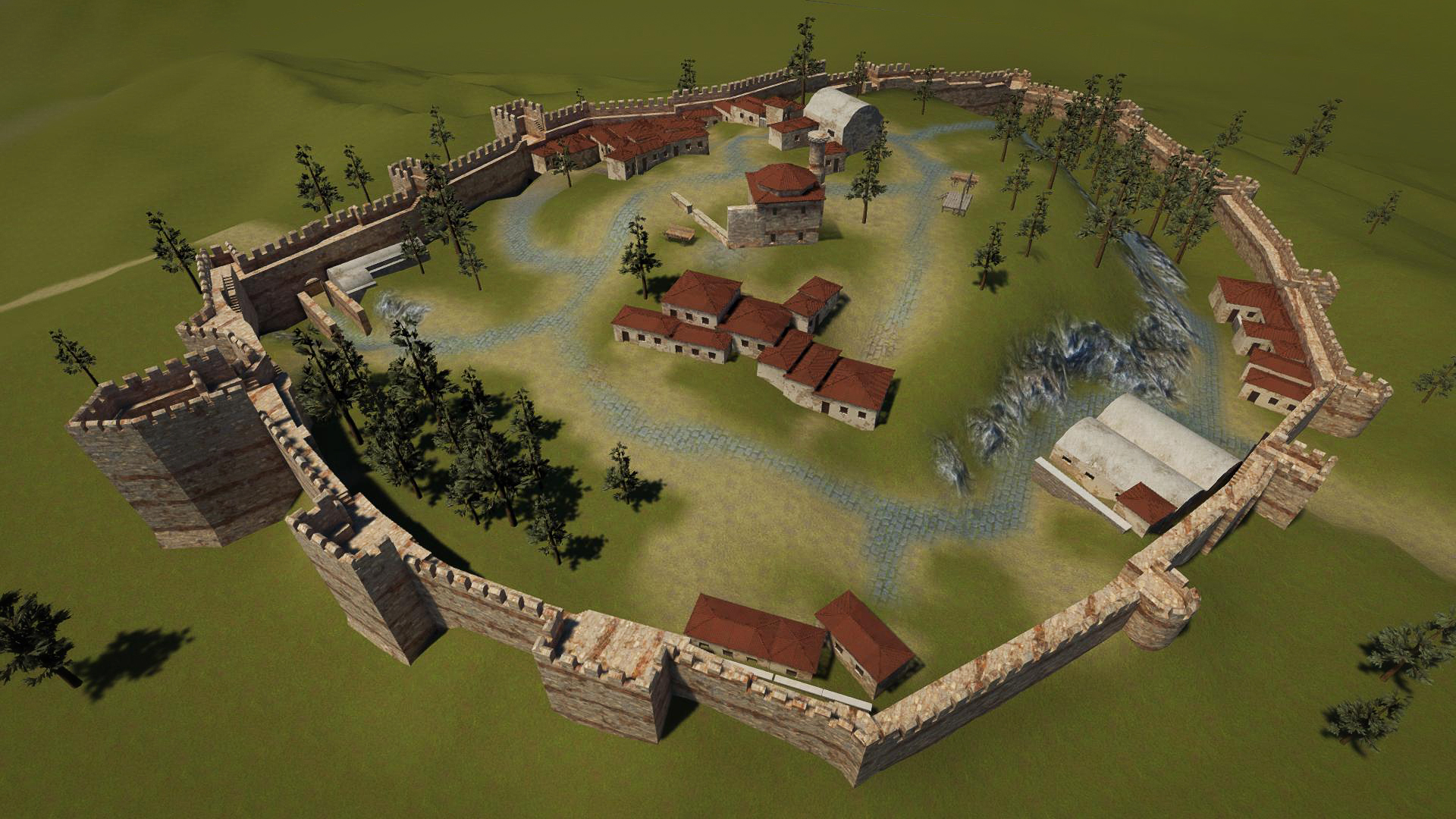St. John’s Basilica, consisting of three main sections: a cross-shaped plan, an Atrium, and a Nartex, covered by six domes, was built by Emperor Justinianus on top of a simple tomb on the southern slope of Ayasuluk Hill, replacing the 5th-century Early Christian Church. After the relocation of the people of Ephesus to Ayasuluk, the importance of the basilica increased, and it was surrounded by hill walls (TC İzmir Valiliği İl Kültür Müdürlüğü, 2001, p.30). The settlement around the St. John’s Church was surrounded by walls with three main entrance gates in the east, west, and south, approximately 1 km in length, due to the effective Arab raids in the 7th and 8th centuries. In the south, there is the Follow Gate, which is also the main entrance of St. John’s Basilica, built with stones removed from the Stadium during the Byzantine Empire, with square-plan towers on both sides and an arched entrance in the middle. Ayasuluk Castle, built during the Byzantine Empire, was repaired during the Aydınoğulları Principality and the Ottoman Empire, with 15 towers added. Inside the castle, there are paved roads, cisterns, a mosque (Castle Mosque), and church remains. The Castle Mosque is the first mosque built in the region after Selçuk was invaded by the Turks. From the Aydınoğulları period until the İsa Bey period, the settlement in the region was within the castle, but with the İsa Bey period, it began to spread outside the walls. The connection between the inside and outside of the castle was provided by paths descending from the east and west gates. The path descending from the West Gate leads to the İsa Bey Mosque. The greatest damage experienced during the Turkish period in Ayasuluk Castle occurred after the Battle of Ankara in 1402, with the arrival of Timur in the region, but from the second half of the 15th century onwards, the city and the inner castle began to revive (Can, A., 2012, p.51-62).





